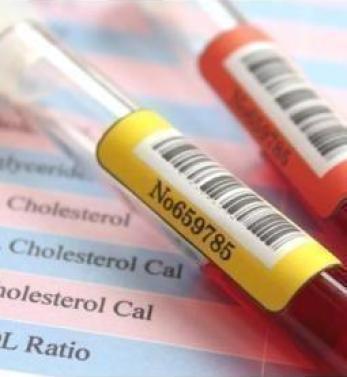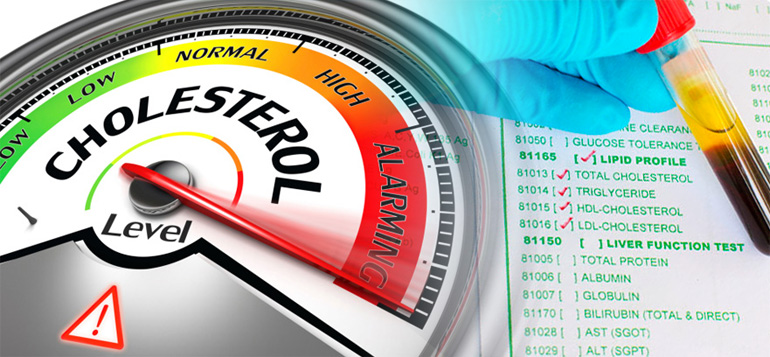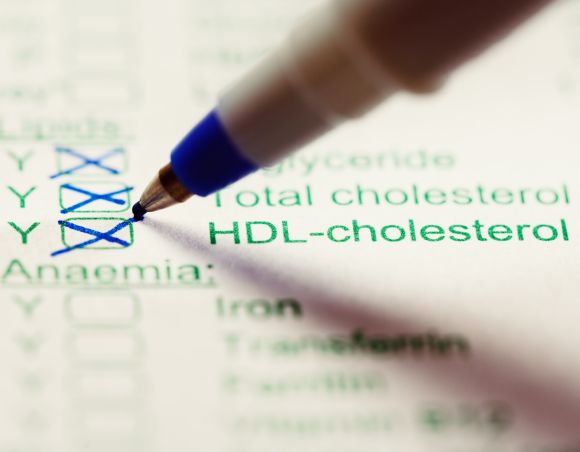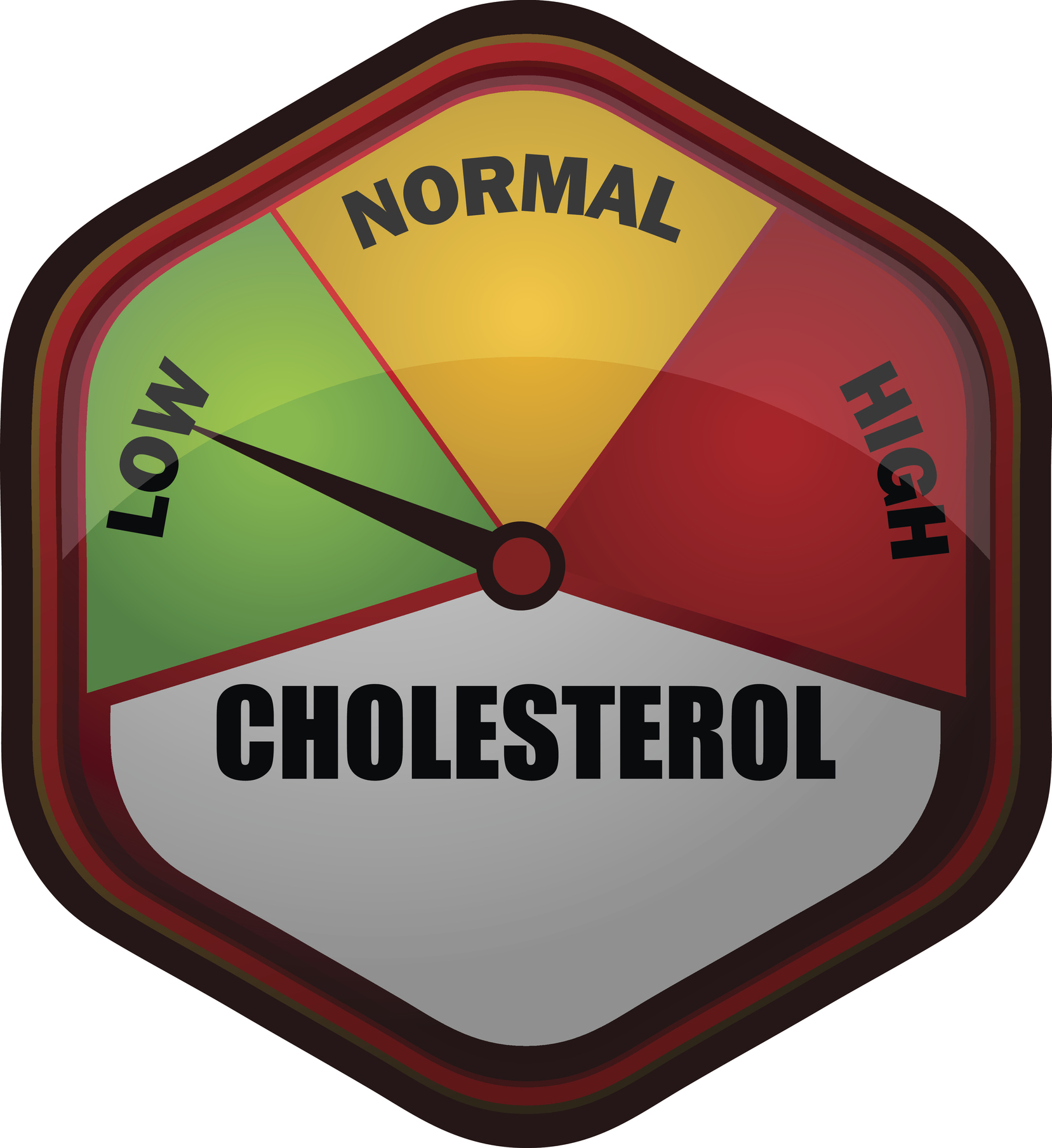

Cholesterol is a type of lipid, or fat, with a waxy structure found in the blood of people and produced naturally by all cells, especially in the liver. Cholesterol is a waxy substance found in the blood. In order for the human body to form healthy cells, it needs a certain amount of cholesterol to be used in the formation of cell membranes as well as some hormones and vitamin D.
However, cholesterol is insoluble in water, so it cannot pass into the blood on its own and cannot be distributed to the body on its own. It produces lipoproteins by the liver to help transport cholesterol. The cholesterol-carrying lipoproteins in the human body are divided into two groups with different functions as low-density lipoprotein (LDL) and high-density lipoprotein (HDL).
While LDL carries out the transport of cholesterol in the bloodstream, HDL provides the transport of cholesterol within the liver and tissues. Total cholesterol, or total cholesterol, is the sum of both types of cholesterol found in the blood.
When cholesterol levels are at high levels in the blood, it can both cause hardening of the arteries and cause the development of fat deposits in the blood vessels. These deposits are also called cholesterol plaques. These deposits, which grow over time, make it difficult for adequate blood flow through the veins and cause various health problems.
High cholesterol can be caused by hereditary causes, but is more commonly the result of various preventable and treatable unhealthy lifestyle choices. Maintaining a healthy diet, exercising regularly and, in some cases, resorting to medication can help reduce high cholesterol values.
 What is LDL cholesterol or "bad cholesterol"?
What is LDL cholesterol or "bad cholesterol"?
Low-density lipoprotein (LDL) is also called bad cholesterol. Its job is to carry cholesterol and triglycerides, the type of fat the body uses for energy, in its arteries. If an individual's LDL cholesterol level is too high, it can build up on the walls of the arteries over time.
This condition is called atherosclerosis, and the resulting plaques are also called cholesterol plaques or atherosclerotic plaques. In some cases, these deposits can break down and clot, thereby disrupting the blood flow in various organs, especially the heart.
A blood clot formed in this way can cause a heart attack if it blocks the vessels leading to the heart, or a stroke or stroke if it blocks a vessel leading to the brain. High cholesterol can also create a bile imbalance and increase the risk of gallstones.
What is HDL cholesterol or "good cholesterol"?
High-density lipoprotein (HDL) is also called "good cholesterol". It helps LDL cholesterol go back to the liver for removal from the body. In this way, it prevents the accumulation of cholesterol plaques in the arteries.
What is Triglyceride?
Triglycerides are another type of lipid, different from cholesterol. While the human body uses cholesterol to build cell walls, certain hormones and vitamin D, it uses triglycerides as an energy source.
When an individual takes in more calories than their body can use, these excess calories are converted into triglycerides and stored in fat cells. When more calories are consumed than the body can use, triglyceride levels rise, which can increase the risk of various health problems such as heart disease and stroke.
Causes of High Cholesterol
Factors such as controllable inactivity, obesity, and unhealthy diet contribute to a high LDL cholesterol value and a low HDL cholesterol value. In addition, uncontrolled factors such as genetics may also play a role in the occurrence of high cholesterol values.
Factors that increase the risk of bad cholesterol:
Lack of exercise: Regular exercise by individuals helps to increase your body's HDL (good) cholesterol level, while reducing the amount of LDL (bad) cholesterol and the size of plaques formed from it.
Malnutrition: Consuming trans fats found in processed junk food, as well as saturated fat found in animal products, can raise individuals' cholesterol levels. Foods that are inherently high in cholesterol, such as red meat and full-fat dairy products, can also increase cholesterol levels.
Obesity: Having a body mass index (BMI) of 30 or higher increases an individual's risk of high cholesterol.
Smoking: Smoking damages the walls of blood vessels, making them more easily able to accumulate fat deposits. It can also lower HDL or "good" cholesterol levels.
Hereditary Causes: An individual's genetic makeup may prevent the effective removal of LDL cholesterol from the blood or cause the liver to produce more cholesterol than necessary.
Diabetes (Diabetes): High blood sugar raises blood levels of a very dangerous type of cholesterol called very low-density lipoprotein, or VLDL, while lowering HDL cholesterol levels. High blood sugar also damages the vessel walls. Kidney disease or hypothyroidism also lead to problems with cholesterol levels.
Age: As individuals age, the risk of high cholesterol increases as body chemistry changes. For example, the liver's elimination of LDL cholesterol occurs at a lower rate.

What Should Cholesterol Values Be?
Cholesterol levels alone, which determine whether or not high cholesterol is present for individuals, are not considered. In addition to these cholesterol values, the presence of other risk factors for heart disease is also used in the evaluation of the condition.
According to the guidelines used today, among the blood cholesterol levels obtained from the lipid test performed after fasting in individuals who do not have any other risk of heart disease, it is considered ideal if the total cholesterol is below 200 mg/dl, within the limit between 200-239 mg/dl, and high if it is over 240 mg/dl. is evaluated.
Again, when the LDL cholesterol level seen in the same test is below 130 mg/dl, it is considered ideal, between 130-159 mg/dl is in the borderline, and above 160 mg/dl is considered high. On the other hand, if the HDL cholesterol level is below 40 mg/dl in the test, this is considered dangerous. It is accepted that the healthy average of HDL cholesterol level is over 40 mg/dl in women and above 50 mg/dl in men.
In rare cases, high cholesterol is due to inherited familial hypercholesterolemia. This genetic disorder prevents the liver from clearing LDL. Studies show that most adults affected by this condition have total cholesterol levels above 300 mg/dL and LDL levels above 200 mg/dL.
How to Avoid High Cholesterol How to Lower Cholesterol?
First of all, adopting a healthy lifestyle for the heart and body lowers the cholesterol level. These measures also prevent high cholesterol. Among the recommended measures to keep HCL cholesterol values at a healthy level while preventing the increase in LCL cholesterol values, and the foods that should be preferred in the cholesterol diet that should be applied, are the following:
Eating a diet high in whole grains, fruits, and vegetables and low in salt.
Limiting the amount of animal fats consumed and reducing the use of good substitutes in moderate amounts. For example, using extra virgin olive oil instead of butter and preferring lean parts of meat.
Preferring types of meat such as chicken and fish, especially other foods that contain plenty of omega-3 fatty acids
Choosing roasted, baked, grilled, or steamed foods over fried foods
Paying attention to saturated and trans fats and added sugars on food labels and reducing their consumption to ensure that no more than 10 percent of daily calories come from saturated fats or added sugars. Instead of snacks, turn to nuts containing omega-3 fatty acids such as walnuts and almonds.
Losing excess weight and maintaining a healthy weight.
Absolutely not to use cigarettes or tobacco products.
Exercising for 30 minutes a day at least four days a week.
Keeping alcohol consumption, if any, at very moderate levels.
Managing the stress of daily life

What Are the Symptoms of Cholesterol?
High cholesterol has no outward symptoms. For this reason, it is a medical problem that can continue to progress unnoticed for many years. However, if the coronary arteries that supply blood to the heart are affected in the advanced stages, chest pain, ie angina or symptoms of other coronary artery diseases can be seen.
A blood test is the only way to detect whether an individual has a high cholesterol problem. This test is called a "lipid profile" and is done after 9 to 12 hours of fasting. In the test results performed on the blood taken; A snapshot of total cholesterol, LDL (bad) cholesterol, HDL (good) cholesterol and triglycerides in the body is obtained.
It is recommended by medical professionals that children and young adults who do not normally have risk factors for heart disease should be tested once between the ages of 9 and 11, and again between the ages of 17 and 19.
Again, it is recommended that the test be repeated every five years for adults who do not have risk factors for heart disease. If these test results show high cholesterol values or the results are not within the desired ranges, the individual smokes, has other risk factors such as diabetes or high blood pressure, or has a family history of high cholesterol and heart disease, the doctor may recommend more frequent testing.
How Is Cholesterol Treated?
Doctors primarily recommend lifestyle changes to reduce the cholesterol values of individuals diagnosed with high cholesterol. For example, they may recommend changes in an individual's diet, exercise habits, or other aspects of their daily routine.
However, in cases where diet and lifestyle changes are not sufficient, doctors may also prescribe medications or other treatments to help lower cholesterol levels. Statins are the most commonly prescribed drugs for high cholesterol. These drugs prevent the liver from producing more cholesterol.
They may also prescribe niacin, sequestrants, cholestyramine, or cholesterol absorption inhibitors. Some of these drugs are a combination of drugs that help reduce both your body's absorption of cholesterol from food and the liver's production of cholesterol.